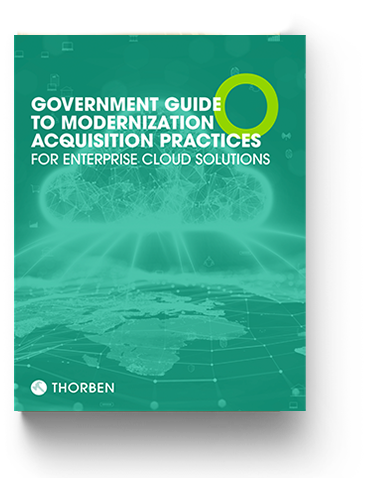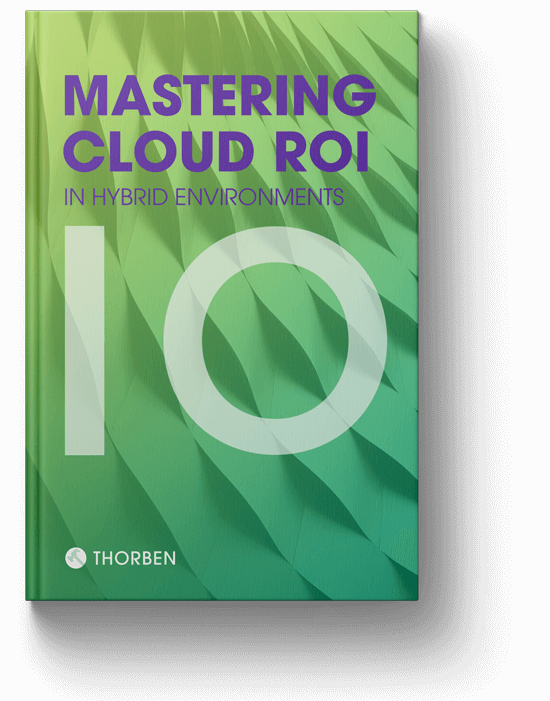
GOVERNMENT LENS FOR AWS WELL ARCHITECTED
FRAMEWORK
The Framework provides a way for you to consistently measure your architectures against best practices and identify areas for improvement.

Having well-architected workloads greatly increases your ability to support your business outcomes.
The Framework is based on six pillars:
- Operational excellence
- Security
- Reliability
- Performance efficiency
- Cost optimization
- Sustainability
The AWS Well Architected Framework applies to all cloud implementations, even those which do not use AWS. We chose to become partners with AWS because they have the most mature product offerings, the most mature processes in support of cloud migrations and optimizations, and the most experience solving strategic challenges in the cloud.
The five design principles for operational excellence in the cloud are:
- Perform operations as code
- Make frequent, small, reversible changes
- Refine operations procedures frequently
- Anticipate failure
- Learn from all operational failures
The five design principles for performance efficiency in the cloud are:
- Democratize advanced technologies
- Go global in minutes
- Use serverless architectures
- Experiment more often
- Consider mechanical sympathy
The Security Pillar embraces design principles which:
- Implement a strong identity foundation
- Enable traceability of requirements and activity
- Apply security at all layers
- Automate security best practices
- Protect data in transit and at rest with encryption
- Keep people away from data
- Prepare for Security Events
The five design principles for cost optimization in the cloud are:
- Implement cloud financial management
- Adopt a consumption model
- Measure overall efficiency
- Stop spending money on undifferentiated heavy lifting
- Analyze and attribute expenditure
The five design principles for reliability in the cloud are:
- Automatically recover from failure
- Scale horizontally to increase aggregate workload availability
- Stop guessing capacity
- Manage change in automation
Test recovery procedures
The six design principles for sustainability in the cloud are:
- Understand your impact
- Establish sustainability goals
- Maximize utilization
- Anticipate and adopt new, more efficient hardware and software offerings
- Use managed services
- Reduce the downstream impact of your cloud workload

The Government Lens for the AWS Well Architected Framework identifies high level design principles which Government customers should expect to be implemented on their behalf. These include:
- Design with purpose
- Design with end users (citizens, residents, businesses)
- Make the service simple and intuitive
- Iterate and improve frequently (with end user and staff feedback)
- Collaborate and work in the open by default
- Address security and privacy risks
- Build inclusive services
- Design trustworthy services
- Measure, report, and take data-driven decisions
- Consider composable architecture and reusability
- Maintain service continuity
An additional and necessary set of considerations for government services covers best practices to verify that services measurably meet the intended policy or service outcomes, whether for public facing services (online or offline), grants management, budgeting, law enforcement or any other function of government. Service effectiveness is a responsibility of the government, but understanding the intended purpose and context of a service helps all parties involved to develop effective services with, or for, government customers.
Thorben can help you apply the AWS Well Architected Framework Government Lens for the benefit of your organization.





